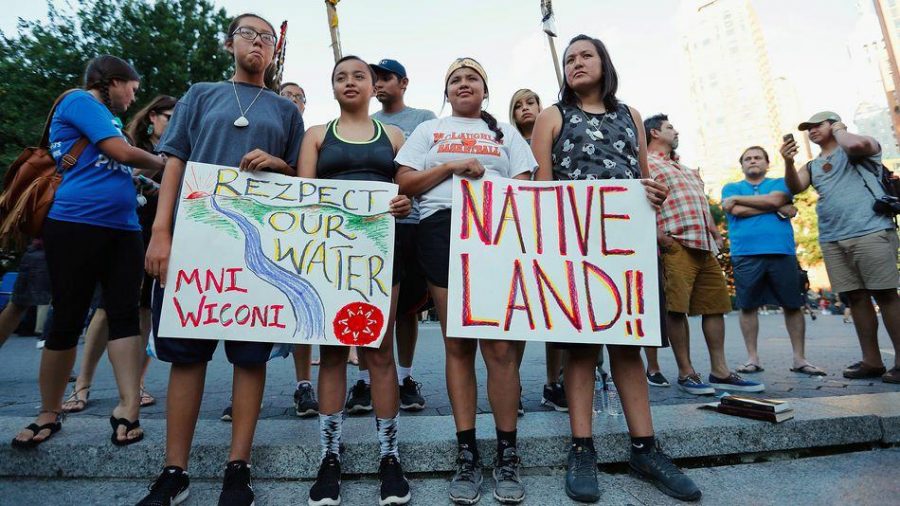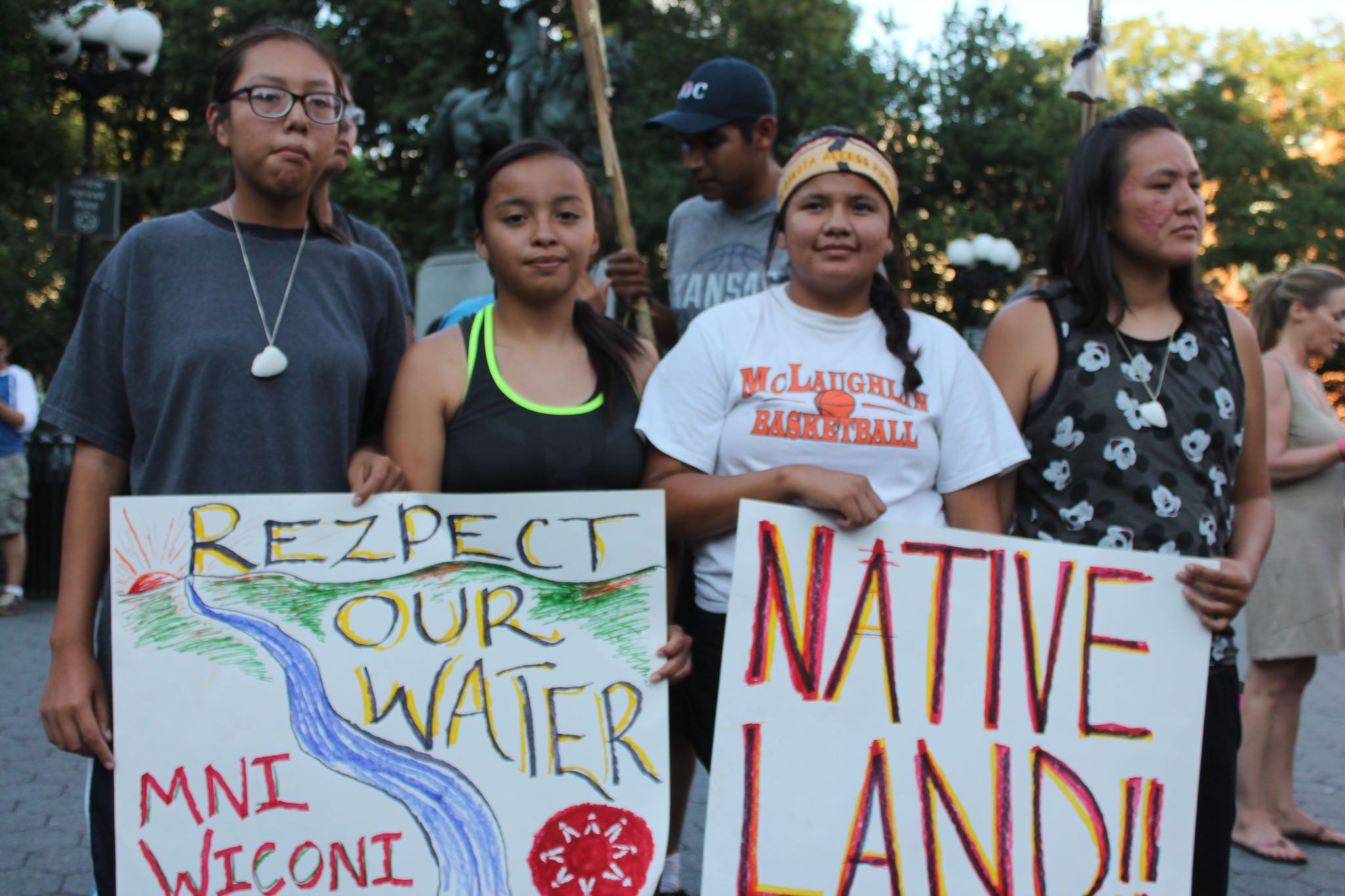
Sacred Lands, Stolen Waters: The Enduring Battle of Native American Tribes Against Pipeline Expansion
The rumble of machinery and the hiss of welding torches have, for decades, heralded not progress, but an existential threat to Native American communities across North America. From the vast plains of the Dakotas to the pristine forests of the Great Lakes region, the expansion of oil and gas pipelines has ignited a protracted and often bitter struggle, pitting corporate interests and government energy policies against the fundamental rights, cultural heritage, and environmental stewardship of Indigenous peoples. These are not merely land disputes; they are clashes over sovereignty, treaty obligations, and the very definition of justice in a nation built on contested ground.
The legal challenges mounted by Native American tribes against these colossal infrastructure projects are multifaceted, drawing upon a complex tapestry of federal environmental laws, historic preservation acts, and, most crucially, the foundational principles of tribal sovereignty and treaty rights. While the battle for Standing Rock against the Dakota Access Pipeline (DAPL) captured global attention, it is but one prominent chapter in a long, ongoing narrative of resistance and resilience.
A Legacy of Broken Promises and Contested Land
At the heart of these disputes lies a history of land dispossession and broken treaties. For centuries, Indigenous nations held vast territories, their cultures and spiritual beliefs inextricably linked to the land, water, and wildlife. The arrival of European colonizers and the subsequent expansion of the United States government systematically eroded these holdings, often through coercive treaties, forced removal, and outright violence. Though reduced to a fraction of their original size, reservations and ancestral lands remain vital centers of tribal identity and self-governance.
The federal government, through its "trust responsibility," is legally obligated to protect tribal lands, resources, and self-governance. This responsibility, however, has often been sidelined or ignored in the pursuit of national energy interests. Pipelines, by their very nature, traverse vast distances, often cutting across tribal lands, treaty-ceded territories, and areas of profound cultural significance, even if not directly on reservation land. It is in these contested spaces that the legal battles intensify.

The Legal Arsenal: NEPA, NHPA, and the Clean Water Act
Native American tribes and their allies frequently leverage a suite of federal environmental and historic preservation laws to challenge pipeline projects.
The National Environmental Policy Act (NEPA) is a cornerstone of these challenges. NEPA requires federal agencies to assess the environmental impacts of their proposed actions, including the granting of permits for pipelines. Tribes often argue that Environmental Impact Statements (EIS) are inadequate, failing to fully consider the cumulative impacts of spills, greenhouse gas emissions, or the particular vulnerabilities of tribal communities. For instance, in the fight against DAPL, the Standing Rock Sioux Tribe argued vehemently that the Army Corps of Engineers’ environmental review was insufficient, particularly regarding the pipeline’s route beneath Lake Oahe, a primary water source. A federal court ultimately agreed, finding the Corps’ analysis inadequate and ordering further review, though the pipeline continued to operate.
The National Historic Preservation Act (NHPA) provides another critical avenue. This act mandates federal agencies to consider the effects of their undertakings on historic properties, including those of traditional religious and cultural significance to Native American tribes. Many pipeline routes cut through areas rich with ancestral burial grounds, sacred ceremonial sites, and archaeological artifacts. Tribes argue that project proponents often fail to conduct thorough cultural resource surveys or to consult adequately with affected tribes, leading to the destruction of irreplaceable heritage. The desecration of ancestral lands and burial sites by DAPL construction, before full archaeological review, became a rallying cry for the Standing Rock movement.
The Clean Water Act (CWA) is vital in protecting water quality. Pipeline projects require permits under the CWA, particularly for crossings of rivers, streams, and wetlands. Tribes, whose cultures and livelihoods are often intimately tied to water – "Mni Wiconi," or "Water is Life," as the Standing Rock Sioux declared – challenge permits on the grounds that they fail to adequately protect water sources from potential spills and contamination. The threat to wild rice beds, a sacred food source for Anishinaabe tribes in Minnesota, was a central concern in their opposition to Enbridge’s Line 3 pipeline replacement project.
Sovereignty and Treaty Rights: The Ultimate Legal Ground
Beyond federal environmental statutes, the most powerful and unique legal arguments stem from tribal sovereignty and treaty rights. Federally recognized tribes possess inherent sovereign authority, meaning they have the right to self-govern and manage their lands and resources. This sovereignty is not granted by the U.S. government but pre-exists it. Treaties, often signed under duress, are considered "the supreme Law of the Land" under the U.S. Constitution, establishing nation-to-nation agreements.
Tribes often assert that pipeline projects infringe upon their treaty rights to hunt, fish, and gather on ceded lands, or that the projects violate their right to a healthy environment, which is implicitly protected by treaties. They argue that the federal government’s duty to consult with tribes is not merely a bureaucratic checkbox but a profound obligation rooted in these nation-to-nation relationships and the trust responsibility.
The concept of Free, Prior, and Informed Consent (FPIC), while an international standard enshrined in the UN Declaration on the Rights of Indigenous Peoples, is not yet consistently applied in U.S. domestic law. However, tribes increasingly advocate for FPIC, asserting that mere "consultation" is insufficient; they demand the right to consent or withhold consent for projects impacting their lands and resources. This shift in discourse challenges the long-standing power dynamic where federal agencies make final decisions regardless of tribal objections.

Case Studies in Resistance: From Standing Rock to Line 3
The Dakota Access Pipeline (DAPL): The fight against DAPL became a global symbol of Indigenous resistance. The Standing Rock Sioux Tribe, joined by hundreds of other tribes and allies, opposed the pipeline’s route beneath Lake Oahe, arguing it threatened their sole water source and desecrated sacred burial grounds and cultural sites. The legal battle focused on the Army Corps of Engineers’ permit, which the tribe argued was issued without proper environmental review and consultation. Despite initial legal setbacks and violent clashes between water protectors and law enforcement, the tribe achieved significant victories, including a federal court ruling that the EIS was inadequate and a subsequent order to vacate the pipeline’s easement, though the pipeline continues to operate pending further review. The fight highlighted the disproportionate impact of fossil fuel infrastructure on Indigenous communities, often termed "environmental racism."
The Keystone XL Pipeline (KXL): This proposed pipeline, intended to transport crude oil from Alberta, Canada, to refineries in the U.S., faced fierce opposition from numerous tribes, including the Rosebud Sioux and the Cheyenne River Sioux. Their legal arguments centered on treaty rights, environmental impacts (particularly to the Ogallala Aquifer), and the social impacts of "man camps" – temporary housing for pipeline workers that often lead to increased crime, drug trafficking, and violence against Indigenous women. After years of legal battles, protests, and shifting political landscapes, President Biden revoked the pipeline’s permit on his first day in office, effectively ending the project. This was a monumental victory for Indigenous rights and environmental justice.
Enbridge Line 3 Replacement Project: More recently, Anishinaabe tribes in Minnesota led a prolonged legal and grassroots battle against Enbridge’s Line 3, an oil pipeline replacement that crosses treaty-protected lands and sensitive wetlands. Tribes argued the project threatened crucial wild rice lakes (manoomin), a staple of their diet and culture, and violated their treaty rights to hunt, fish, and gather. Despite extensive legal challenges and widespread protests, the pipeline was completed in 2021. The fight underscored the ongoing tension between state and federal permitting processes and tribal sovereignty, even in the face of strong Indigenous and environmental opposition.
The Enduring Struggle for Justice
The legal challenges brought by Native American tribes against pipelines are more than mere environmental lawsuits; they are a profound assertion of sovereignty, a demand for justice, and a spiritual defense of their ancestral lands and waters. While the victories are often hard-won and sometimes temporary, they represent significant moments in the broader struggle for Indigenous rights and environmental protection.
These battles force a reckoning with the legacy of colonialism, the inadequacies of current environmental regulations, and the urgent need for a just transition away from fossil fuels. As the world grapples with climate change, the voices of Indigenous peoples, who have for millennia practiced sustainable stewardship of the land, offer crucial insights and leadership. Their legal and grassroots resistance against pipelines is a testament to their unwavering commitment to protect not only their own communities but also the health of the planet for all future generations. The fight for sacred lands and stolen waters continues, shaping the future of energy, justice, and self-determination in America.

